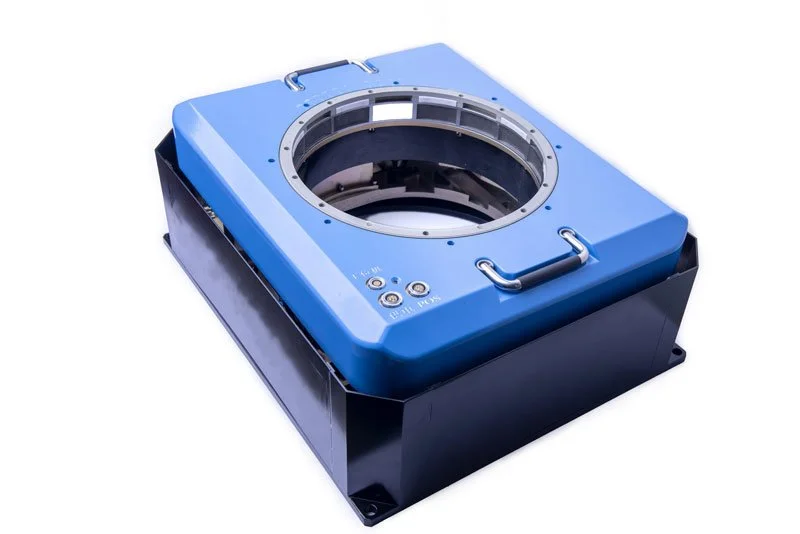
Gyro Stabilizer
| 3-Axis Gyro for Aircraft Flight Stabilizer
——The Next-Generation Attitude-Control Platform
An aviation-grade 3-axis gyro for aircraft flight stabilizer fuses multi-sensor data with an advanced servo loop to hold attitude within ±0.02° from –35 °C to +55 °C. Such precision keeps vertical-photography imagery razor-sharp on long UAV survey runs, while a real-time “planned-vs-actual” track check automatically compensates drift, shrinking image-rotation error and post-stitching time.
Products
Key Advantages of the 3-Axis Gyro Stabilizer
Product Highlights at a Glance
Gyro stabilizer multi-sensor fusion
High-precision servo control
Wide-temperature resilience
EMI-hardened circuitry
Lightweight yet rigid structure
Conclusion: Why Choose a Huanxin Gyro Stabilizer?
Integrating a Huanxin Co., Ltd. 3-axis gyro for aircraft flight stabilizer secures crystal-clear data, safer flights and longer payload life—even in extreme environments. Whether you’re flying, sailing, mapping or filming, one shutter click with Huanxin’s gyro stabilizer is all it takes to capture top-quality results.
Broad Applications of the Gyro Stabilizer
Aviation & Aerospace
First fielded on military jets and satellites, the gyro stabilizer—essentially a 3-axis gyro for aircraft flight stabilizer—keeps cameras, sensors and even weapons perfectly aligned. Huanxin Co., Ltd. now pushes that technology to sub-arc-second pointing for Earth-observation payloads.
UAV Remote Sensing & Mapping
High-resolution cameras or LiDAR systems mounted on drones rely on a gyro-stabilized platform for distortion-free vertical photography. Huanxin’s 3-axis gyro for aircraft flight stabilizer cancels roll, pitch and yaw in gusty winds to capture crystal-clear data.
Maritime Monitoring
Shipboard radars and antennas bolt to a salt-spray-resistant gyro stabilizer that maintains lock in heavy seas, safeguarding continuous links.
Ground Surveillance & Autonomous Vehicles
Mapping vans and self-driving cars install a rooftop 3-axis gyro for aircraft flight stabilizer so cameras and lasers stay level on bumpy roads, achieving millimetre-grade pointing accuracy for HD street maps.
Industrial Robotics & Cinematography
Compact gyro stabilizers integrated into robotic arms remove micro-vibrations during precision assembly. Film crews choose Huanxin’s three-axis unit for buttery-smooth, high-speed tracking shots.
Why Aviation Needs a 3-Axis Gyro for Aircraft Flight Stabilizer
Enhancing Flight Stability
The gyro stabilizer senses angular rates in real time and injects counter-torque within 2 ms, sharply cutting drift and turbulence.
Reducing Path Deviation
Huanxin’s hardware keeps actual flight paths within ±0.05° of plan, delivering GPS-grade auto-correction with zero pilot workload.








